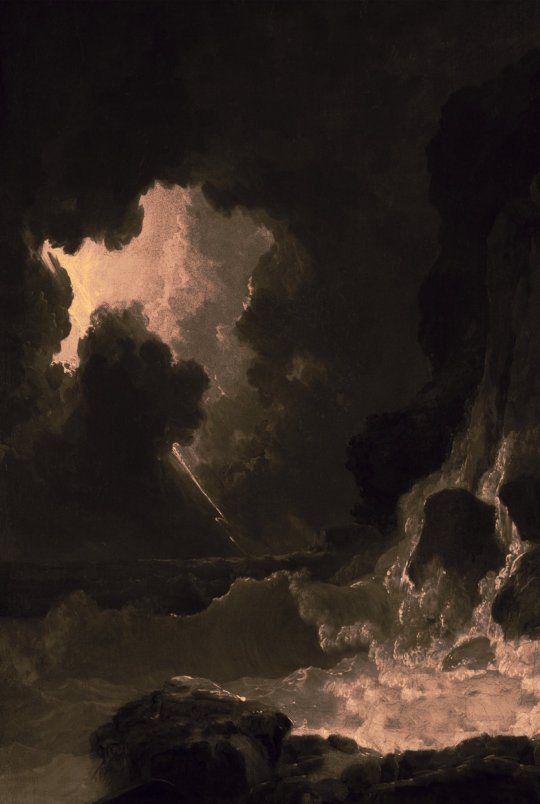#Julius Caesar Ibbetson
Text
The Grotto Temple, Masham, North Yorkshire
Just over the river Ure from the market town of Masham is this unusual rotunda sitting on top of a rustic grotto. It was designed to take advantage of the view over the river to the church and the attractive little town. An engraved stone near the temple tells us that in 1770 ‘Samuel Wrather built this grotto’.
Continue reading Untitled
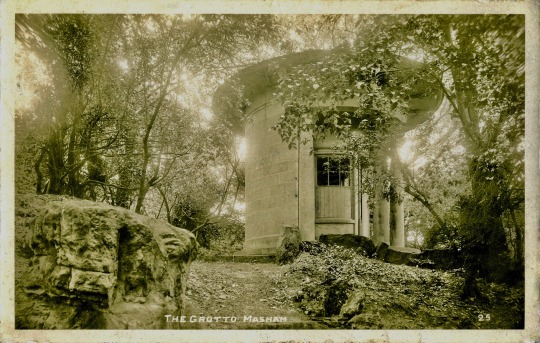
View On WordPress
#Burrill#Dydynski#George Cuitt#Grangerisation#grewelthorpe#hackfall#Julius Caesar Ibbetson#Mary Elizabeth Stevenson#masham#Nutwith#River Ure#Samuel Wrather#St Leger#Thomas Dunham Whitaker#William Aislabie#Yorkshire
0 notes
Photo
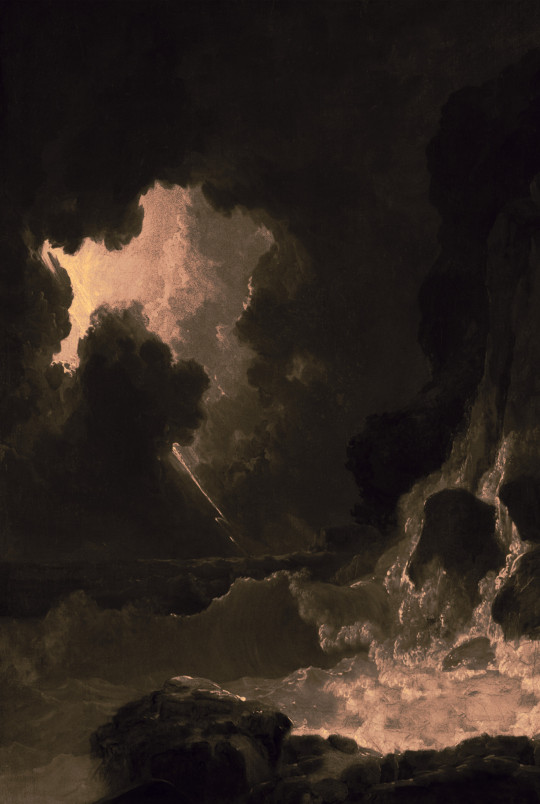
Edit after Julius Caesar Ibbetson (Cleveland Museum of Art)
(Ed. Lic.: CC BY-NC 3.0)
2K notes
·
View notes
Text
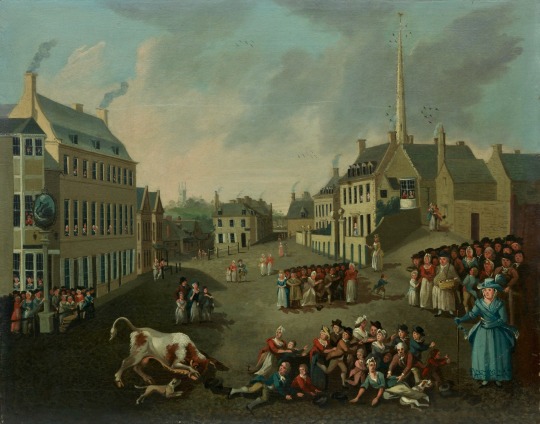
Naïve school, 19th century
Follower of Julius Caesar Ibbetson (Fulneck 1759-1817 Masham)
A bull running amok in a market place, with onlookers
unsigned oil on canvas
Bonhams
15 notes
·
View notes
Text
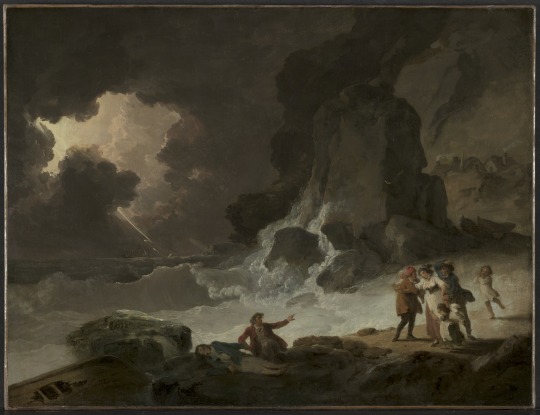
A Storm Behind the Isle of Wight c.1790s, Julius Caesar Ibbetson
5 notes
·
View notes
Text

Julius Caesar Ibbetson (1759-1817), ‘Stone Henge 7 Miles N.W. of Salisbury’. Hand-coloured etching and aquatint on paper, from England, 1791. :: [British Museum]
* * * *
Stonehenge was carefully designed to align with the solstice, marking the extreme limits of the sun’s movements – the word solstice is derived from the Latin sol (“sun”) and sistere (“to stand still”).
The enormous sarsen stones and smaller bluestones were precisely arranged to frame two particular events in the year: the sunrise at summer solstice, and the sunset at winter solstice.
[British Museum] :: [h/t Scott Horton]
+
“When the second stage of Stonehenge was built on Salisbury Plain c. 2700 BC, it could not have been called Stonehenge, which is an English name. The English had not yet arrived. The English language had not been invented. The Plain would have been there; but it could not have been named after Salisbury, since Salisbury itself had not been founded. One may deduce that a year equivalent to 2700 BC once existed; but no such date could have been conceived before the birth of Christ or the concept of a Common Era. There was no country called 'France', and nothing equivalent to it; there was no 'England', and there was no 'Britain', and no 'Brittany'. As yet, there were no Ancient Gauls, no Ancient Britons, and no Ancient Bretons. This holds good even if each of those later communities would owe much to the gene pool of their unidentifiable predecessors.”
― Norman Davies, The Isles: A History
6 notes
·
View notes
Photo

Crossing the Line Ceremony on board the Ship, Vestal, by Julius Caesar Ibbetson, 1759–1817, undated - the uniforms, however, point to the late 18th century.
This picture is really interesting because it seems to show that officers were also baptised on the first crossing of the equator. These three figures here are, in my opinion, a midshipman in breeches, to the left of him a lieutenant barefoot and in long trousers, and a lieutenant or master mate to the right, also barefoot and in long trousers. Either it is still very early in the morning and the three have just got up, or they are getting ready for their christening. I suspect the latter.
36 notes
·
View notes
Text
William Alexander [Who Is He?]
William Alexander was born in Maidstone, Kent, on 10 April 1767, the son of a coachbuilder. Educated at Maidstone Grammar School, he showed a talent for drawing at an early age. In 1782, he moved to London to study art, and may have taken lessons with Julius Caesar Ibbetson before entering the Royal Academy Schools two years later.
Ibbetson had taken part on the first – abortive – British mission to Beijing.
It is therefore likely that he recommended Alexander for the post of junior draughtsman in the embassy of Lord Macartney to China (1792-94), for which the senior draughtsman was the Irish artist, Thomas Hickey. The embassy itself proved a failure, as the Emperor Qianlong was uninterested in trade and communication, but the experience provided an inspiration and springboard for Alexander in his career as a painter and illustrator.
source: https://www.chrisbeetles.com/artist/320/william-alexander
0 notes
Text
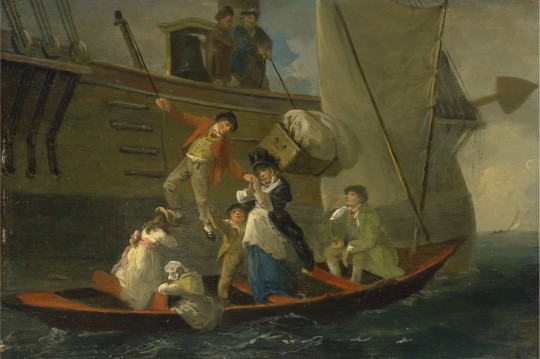
A poor man may go to sea, because he stands a chance to come home rich; but a man who has money in hand and in prospect, if he goes to sea, he is a fool. Follow your profession as long as you require it, but no longer.
— Frederick Marryat, Newton Forster
A Married Sailor's Adieu, Julius Caesar Ibbetson c. 1800.
#frederick marryat#captain marryat#age of sail#sailors#newton forster#going to sea#naval art#julius caesar ibbetson#maritime art
12 notes
·
View notes
Photo
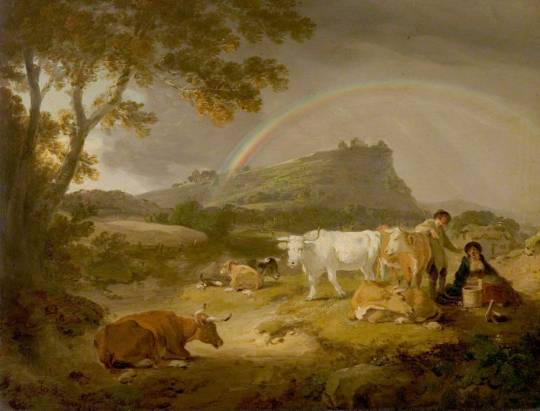
Landscape, Beeston Castle, Cheshire, and Rainbow
Julius Caesar Ibbetson
1793
9 notes
·
View notes
Photo
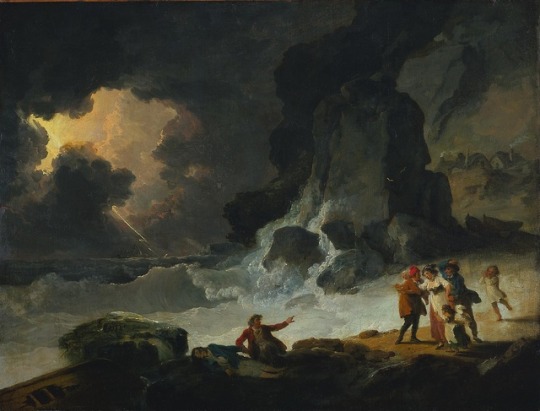
A Storm on the Isle of Wight, Julius Ibbetson, 1780s or 1790s
#art#art history#Julius Ibbetson#Julius Caesar Ibbetson#landscape#landscape painting#genre painting#British art#English art#18th century art#Cleveland Museum of Art
111 notes
·
View notes
Photo
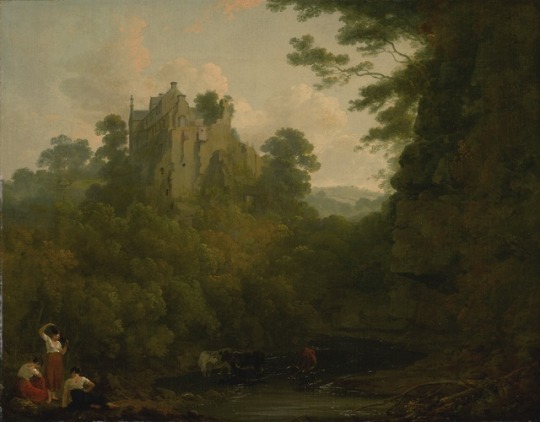
View of Hawthornden Castle on the River North Esk, Midlothian, Scotland, 1814, Julius Caesar Ibbetson
197 notes
·
View notes
Text
The Grotto, Rydal Hall, Cumbria
The Grotto, Rydal Hall, Cumbria
At Rydal Hall in Cumbria is an unassuming little garden building. It was built by Sir Daniel Fleming, in the last years of the 1680s, as a summerhouse from which to view of one of the series of cascades on the Rydal Beck that flowed though his estate. (more…)

View On WordPress
#Ancient Monuments Society#Bowder Stone#british museum#Charles West Cope#Claife Station#Derby Museums Trust#Diocese of Carlisle#Grasmere#John Constable#Jospeh Farington#Julius Caesar Ibbetson#Metropolitan Museum#Picturesque#Roslin Chapel#Rydal#Rydal Hall#Sir Daniel Fleming#William Gilpin#William Wordsworth#Wordsworth Grasmere#Wright of Derby#Yale Center for British Art
0 notes
Text
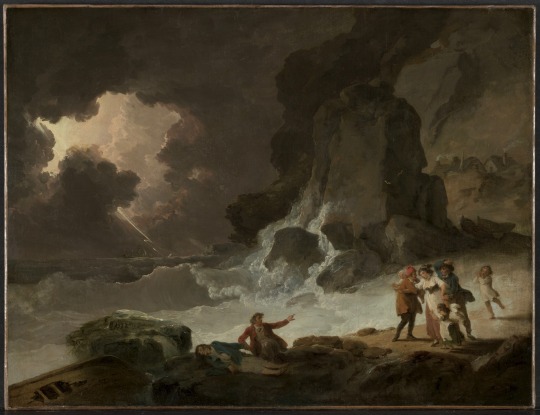
A Storm Behind the Isle of Wight
c.179(?)
Julius Caesar Ibbetson
(British, 1759-1817)
England, 18th century
Oil on canvas
Cleveland Museum of Art
5 notes
·
View notes
Photo
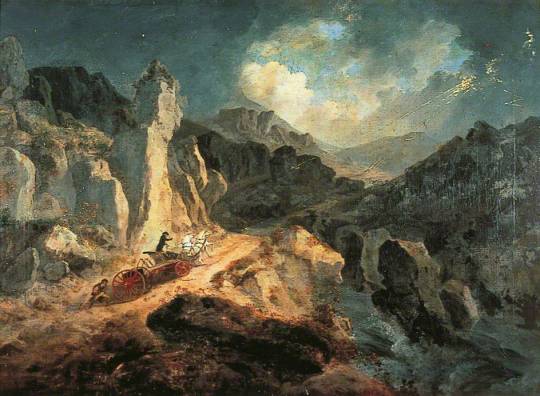
Phaëton in a Thunderstorm
Julius Caesar Ibbetson (1759–1817)
Temple Newsam House, Leeds Museums and Galleries
70 notes
·
View notes
Photo



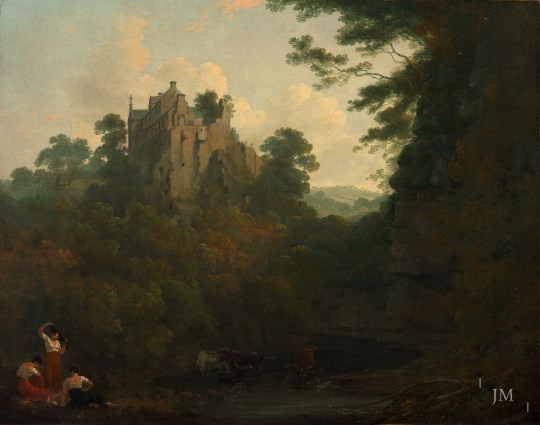

The artist Julius Caesar Ibbetson was born on 29th December 1759 in Leeds.
A rare Englishman making an appearance here, but I decided to have a wee look at his work when I noticed him on a “Birthdate” site I use.
Ibbetson spent the summer and autumn of 1800 in Midlothian in Scotland, where for much of the time he stayed in lodgings at Roslyn (Roslin). His principal activity here was teaching the two daughters of Lady Balcarres, whom he had met in Edinburgh, and by whom he was evidently much charmed by.
As well as numerous paintings of Roslin and the scenery nearby which survive today, Ibbetson produced several views of Hawthornden, dramatically situated on a cliff overlooking the upper reaches of the River Esk.
This had been the home of the poet-laird, William Drummond, who featured in a post a couple of weeks ago. This scene of maidens bathing in the rockpool below is typical of his Gainsborough-inspired interpretations of the ‘mermaid’s haunt’, where mythical classical beauties abound in an accurate topographical setting. As with many of his paintings of Scotland completed some years after his time there.
The top three pics are of Roslin Castle, one is called “ View of Rosslyn Castle from the grounds of Sheriff Clerk (Mavisbank) “ another is “View of Roslin Castle with Washerwomen by the River North Esk,”
While the scene has changed since the artist painted these, Roslin Castle is now more ruinous, and you wont be able to see the castle from Mavisbank now as there is a mature woodland barring the view, I can more or less recognise the dip in the road, it is very similar to the road I have walked many times, although it is now tarmac.
The painting of Hathornden shows the castle as it more or less looking now, over 200 years later. It must have been a popular spot back in the 18/19th century as the final pic, from a similar perspective is by Scottish painter Alexander Nasmyth, who lived around the same time as Ibbetson.
20 notes
·
View notes
